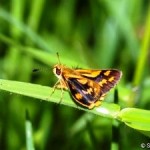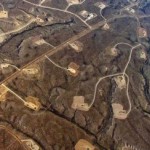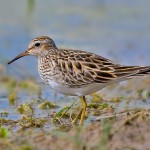The study, which was funded in part by the U.S. Fish and Wildlife Service, has numerous implications for conservation, public policy and further research and provides a new suite of tools for scientists, conservationists, land managers and policy makers. For example, the study identifies “strongholds”, areas that will remain stable for some birds even as climate changes and are candidates for protection and management.
Audubon also launched a new web portal – Audubon.org/Climate – dedicated to understanding the links between birds and global warming, including animated maps and photographs of the 314 species at risk, a technical report, and in-depth stories from the September-October issue of Audubon magazine, which is also devoted to the topic.
“Millions of people across the country will take this threat personally because birds matter to them,” said Yarnold. “For bird lovers, this issue transcends nasty political posturing; it’s a bird issue. And we know that when we do the right things for birds, we do the right things for people too. Everyone can do something, from changing the plants in their backyard to working at the community and state level to protect the places birds will need to survive and promote clean energy. We are what hope looks like to a bird.”
Check the following link to read more about this report:
http://www.audubon.org/climate
Source: Audubon.
The National Audubon Society a non-profit conservation organization that saves birds and their habitats throughout the Americas using science, advocacy, education and on-the-ground conservation. Audubon’s state programs, nature centers, chapters and partners have an unparalleled wingspan that reaches millions of people each year to inform, inspire and unite diverse communities in conservation action. Since 1905, Audubon’s vision has been a world in which people and wildlife thrive. For more information, visit www.audubon.org.














